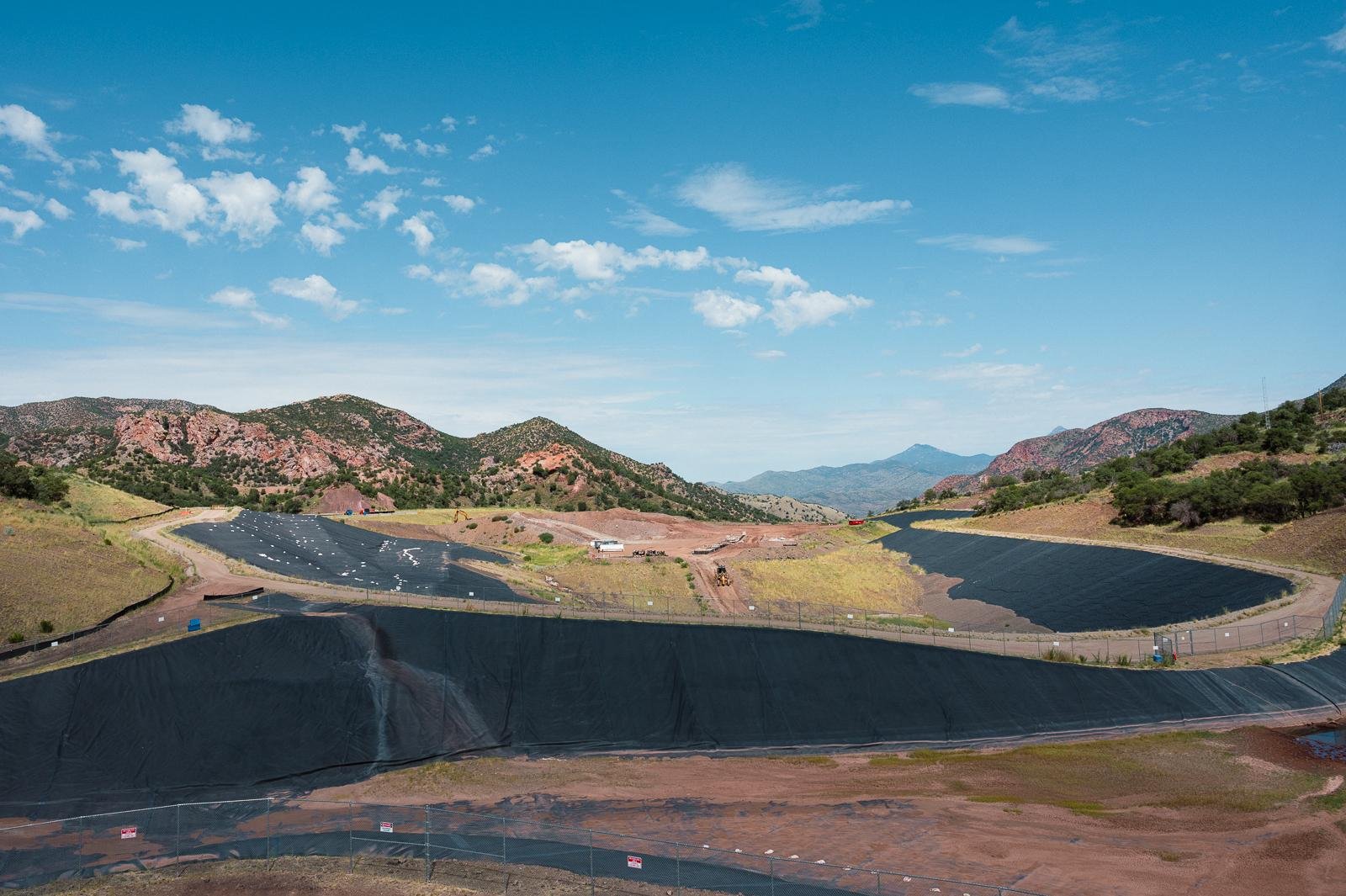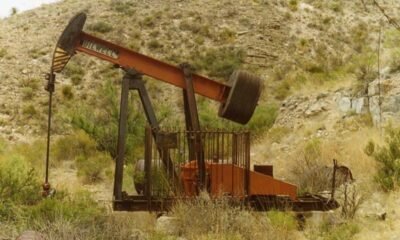Business
South32’s Manganese & Zinc Mine Surpasses Major Environmental Challenge

State regulators have granted South32’s Hermosa Mine an air quality permit, marking a significant move forward for the manganese and zinc project situated in the Patagonia Mountains of Southern Arizona. The Arizona Department of Environmental Quality (ADEQ) issued a Class 1 air quality permit after a thorough 45-day review by the Environmental Protection Agency (EPA).
South32 officials have hailed this permit as a critical milestone, while environmental advocates in Patagonia are urging the EPA to intensify its scrutiny of the project. Located approximately five miles from Patagonia, the mine is anticipated to release regulated pollutants, necessitating the air quality permit. State officials have acknowledged the mine’s potential for emissions including nitrogen oxides and carbon monoxide, as well as various hazardous air pollutants.
South32, an Australian company, acquired the Hermosa project in 2013. The company has committed to developing a modern mine focused on extracting high-grade zinc-lead-silver and “battery-grade” manganese for electric vehicle manufacturing. The total investment planned for the mine is $2.16 billion, which will also cover essential infrastructure such as water management systems and underground operations.
This mining operation will encompass around 750 acres. South32 claims that advanced technology will be utilized to mitigate air pollution while utilizing 75% less water than traditional mining methods. The company has also stated that it will employ sealed containers to transport minerals, asserting that modeling predicts air emissions will remain below thresholds established for public health protection.
Over the summer, ADEQ had earlier proposed an air quality permit that allowed continued construction of the mine, which was subsequently reviewed by the EPA. The EPA’s feedback included recommendations to close a loophole allowing some pollutant emissions during emergencies without consequence and addressed ambiguities in the permit conditions.
Following the ADEQ’s revisions, the permit was finalized on August 26. South32 reiterated its commitment to adhering to all relevant air quality regulations. Pat Risner, the president of South32 Hermosa, emphasized their proactive stance on safety and air quality, highlighting the mine’s design to utilize cutting-edge technology and best practices.
Despite these advancements, Carolyn Shafer from the Patagonia Area Resource Alliance (PARA) expressed concerns about the permit’s inadequacies, indicating plans to file a petition with the EPA for further action. The public will have a 60-day window to challenge the permit following EPA review, allowing for community feedback on potential unresolved issues.
South32 intends to establish a remote operations center in Nogales, enabling staff to monitor the mine’s activities approximately 28 miles away. While the Hermosa site is situated on private land, which limits environmental impact challenges, the history of the area includes a Civil War-era mine, emphasizing its longstanding industrial significance.
Previously designated as critical minerals, the project received an expedited federal permitting process under FAST-41. However, final approval remains anticipated no earlier than late 2026. Local opposition persists, notably from organizations such as the Center for Biological Diversity and PARA, who continue to challenge the mine’s permitting and ongoing environmental reviews.
Recently, a federal judge mandated that the U.S. Forest Service conduct a Supplemental Information Report as part of its environmental assessment in response to a lawsuit from PARA. With ongoing reviews, a draft environmental impact statement is expected by May 2025, followed by a projected approval of the mine’s plan of operations by September 2026.


















